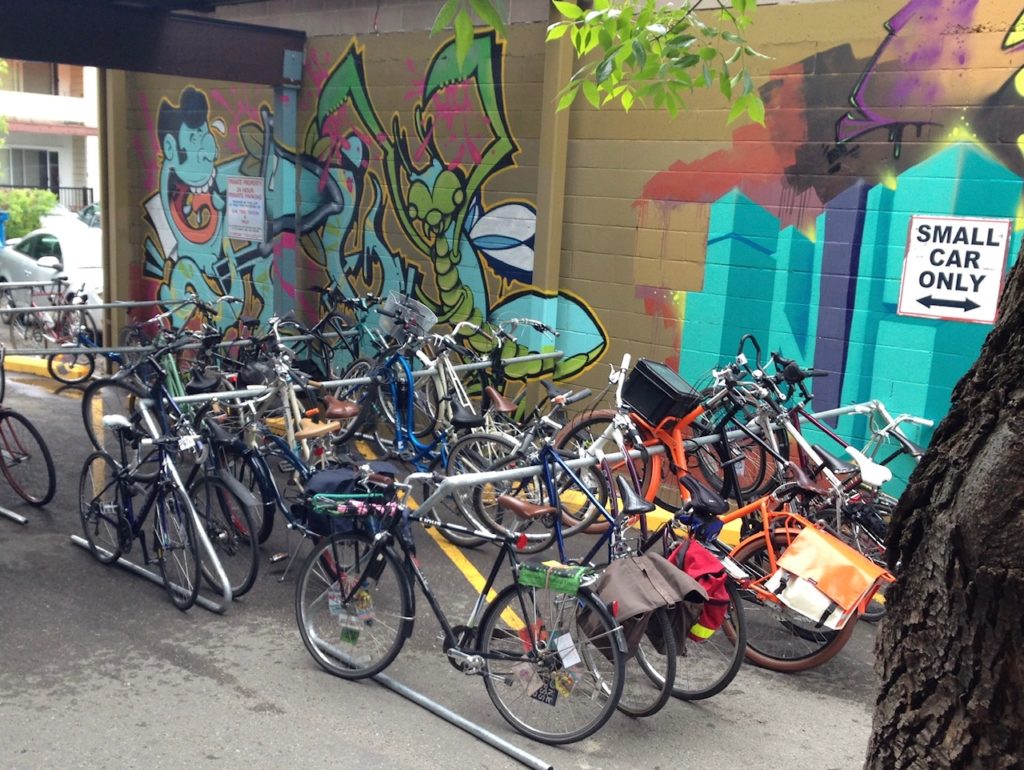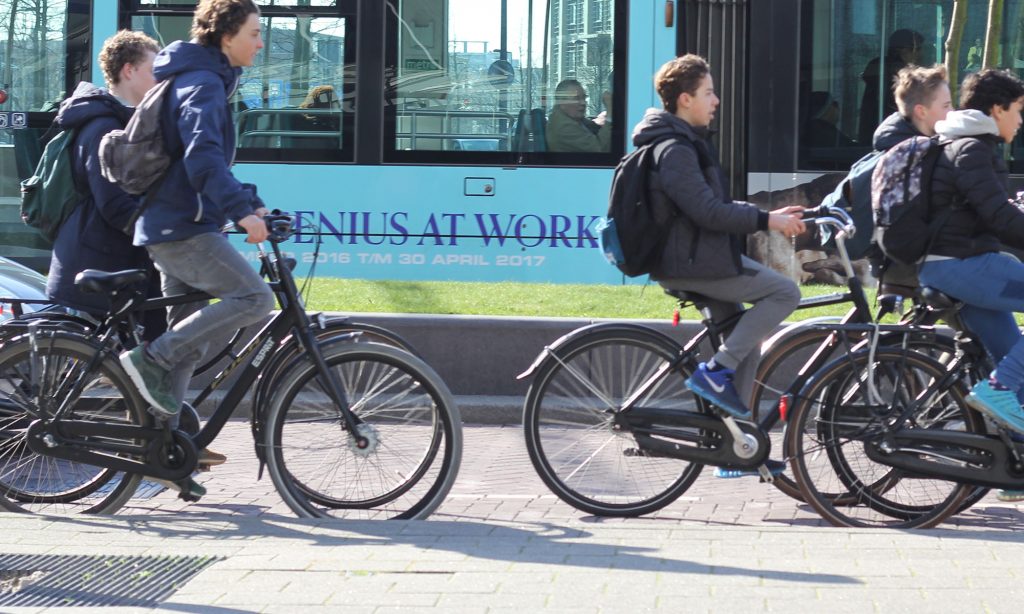Are cycling & AT "One and Done"?
On April 7th, Budget 2022 was unveiled, the first non-pre-election, non-pandemic budget since 2018. In other words, a budget that should show us what “normal” could look like going forward. It is also the first budget of the Liberal/NDP agreement. That agreement has allowed the minority Liberal government to put forward a budget that looks more like a majority government budget.
This review isn’t going to look at the overall direction of the budget and comment on it. That is not Vélo Canada Bikes’ role. We are looking at the budget from the point of view of how it supports stated goals of active transportation and climate change.
Any aspect of the budget that addresses cycling and active transportation was mostly announced in the 2030 Emissions Reduction Plan on March 29th. We have already posted our comments on the ERP. Velo Canada Bikes has already expressed its disappointment with the ERP.
One welcome addition in Budget 2022 is for the Trans Canada Trail, with $55 million over 5 years being committed. This is welcome news as the TCT needs to grow and expand across Canada. In British Columbia the Trans Canada Trail has been devastated by the floods and forest fires of 2021. In many areas of BC, the TCT has been completely destroyed and this addition of $55M over 5 years is welcome news.
Other than the Trans Canada Trail what is most notable in the budget with respect to cycling and active transportation is the complete lack of mention. Even to the point where the list of action already underway, a great way to trumpet previous announcements, make absolutely no mention of the previously announced, and underway, Active Transportation Fund of $400 million over 5 years. This funding was heralded last year, prior to the election, as a sign of their strong commitment to cycling and active transportation. Yet, less than a year later, not even worth a short bullet point.
As with the Emissions Reduction Plan, when it comes to climate change the budget is heavily invested (pun intended) in supporting the transportation status quo. $2.5 billion in rebates for purchasing an electric car. The $5,000 Zero Emissions Vehicle (ZEV) rebate program is being expanded to include trucks, vans, and SUV’s. Still notable in its absence is any rebate program for e-bikes, which are yet to be defined as a “zero emission vehicle” by the federal government.
While we need to see more from the federal government to support active transportation: a standalone dedicated Active Transportation Fund and not simply as a carve out of the Transit Fund, e-bike rebates, an increase in the AT Fund, a commitment to ongoing development and engagement on the National Active Transportation Strategy, to name a few actions, we recognize that many of the policy levers to support AT & cycling are within provincial and municipal domains.
In that regard the omission of active transportation, both in Budget 2022 and the 2030 Emissions Reduction Plan, feels like a missed opportunity to strongly signal to the other orders of government to begin taking serious action on moving transportation policy away from personal cars towards cycling, walking, and transit. Ambitious mode-shift targets must be part of all transportation plans, in all jurisdictions.
The lack of any mention of active transportation, the Active Transportation Fund (ATF), or the National Active Transportation Strategy (NATS) in Budget 2022 raises concern about the government’s commitment to supporting real transportation choice for Canadians. The focus is clearly on the status quo, namely that of the personal vehicle and ZEVs, specifically electric cars, vans, trucks, and SUVs. The Liberal government, prior to the election, was proud of their commitment to cycling and active transportation. We must now work to ensure that the government doesn’t take a “one and done” attitude going forward.



